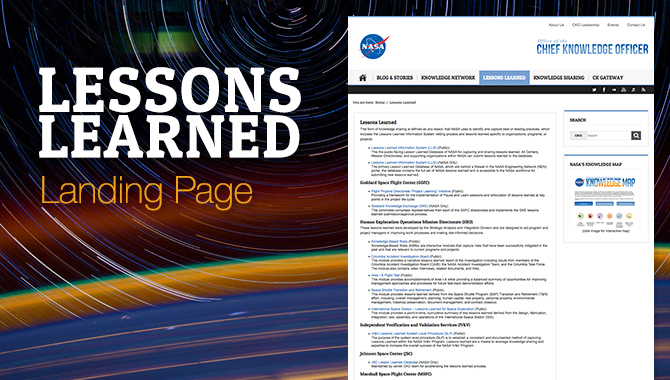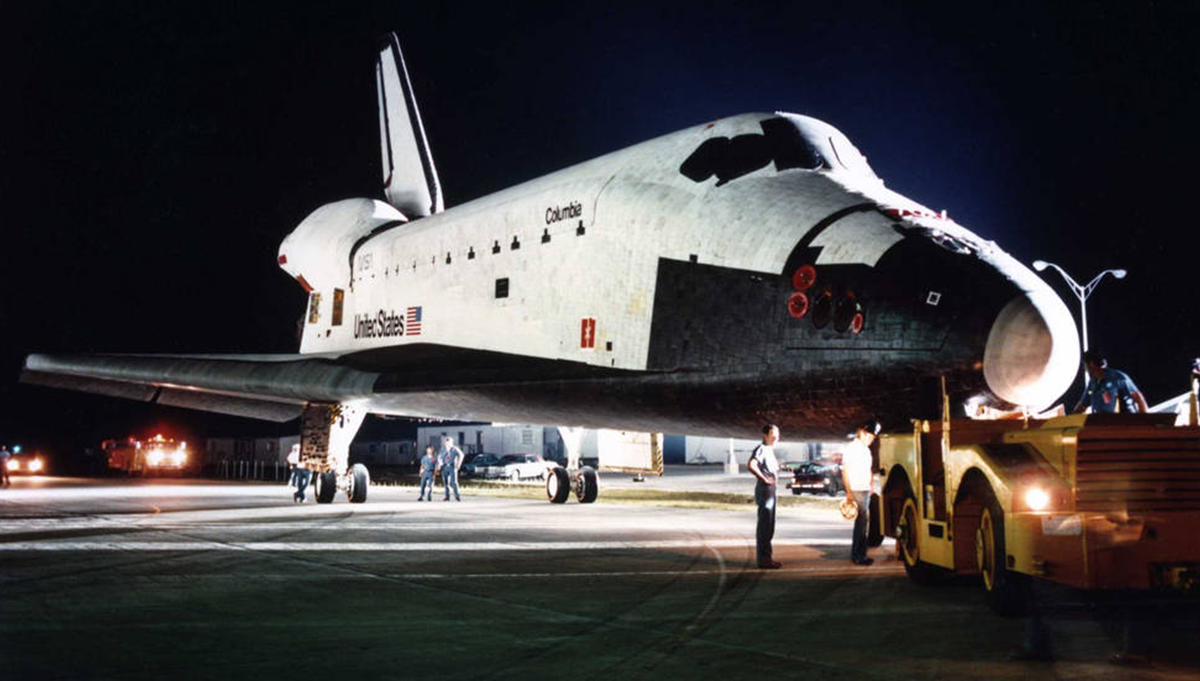NASA’s understanding of the effects of prolonged weightlessness on the human body has been greatly influenced by the Gallaudet Eleven, a group of deaf men from Gallaudet College who volunteered to be part of a research study.
Research generated from a decade of experiments performed with the 11 volunteers starting in the late 1950s led to a greater understanding of how humans react to the stresses of spaceflight and different gravity environments. The adventurous attitudes and bravery of the 11 deaf volunteers helped NASA gain valuable insight before putting human beings in space. One experiment had the men spend over a week in a 20-foot slowly rotating room. Another experiment had some of the men traversing the choppy seas off Nova Scotia in a ferry to see what effects the motion would have on the subjects. The sea motion made the researchers so sick that they canceled the experiment, but the test subjects were fine and showed no ill effects.
During a presentation recorded at Space Center Houston, the official visitor center of NASA’s Johnson Space Center, the two members of the Gallaudet Eleven, Harry Larson and David Myers, joined researchers James Lackner and Millard Reschke to discuss their experiences during the research program.
Video key learning points:
- 1.
Testing deaf people, who have lost vestibular function, as a comparison, or control, group helped NASA researchers understand the impact of motion sickness and find ways to prevent motion sickness during spaceflight.
- 2.
The tests helped researchers understand the role and reaction of the vestibular system in zero gravity conditions.
- 3.
The causes of motion sickness lie in the labyrinths of the ear and in the otolith organs, and a tremendous amount of research has been conducted to understand exactly how this occurs and how to prevent it. The deaf group, dubbed the “Labyrinthine Defectives,” helped researchers find answers. The Gallaudet 11 helped to build up NASA’s vestibular research and understanding.
- 4.
Tests on memory, balance, equilibrium, strength, coordination and math were run in a slow-rotation room with the Labyrinthine Defective subjects to see what effects this environment would have on them.
Related Resources
NASA History Division News & Notes: How 11 Deaf Men Helped Shape Nasa’s Human Spaceflight Program
Gallaudet University: Deaf Difference + Space Survival Exhibit Video









